MicroBiology Lab 1 test Images
1/19
There's no tags or description
Looks like no tags are added yet.
Name | Mastery | Learn | Test | Matching | Spaced |
|---|
No study sessions yet.
20 Terms
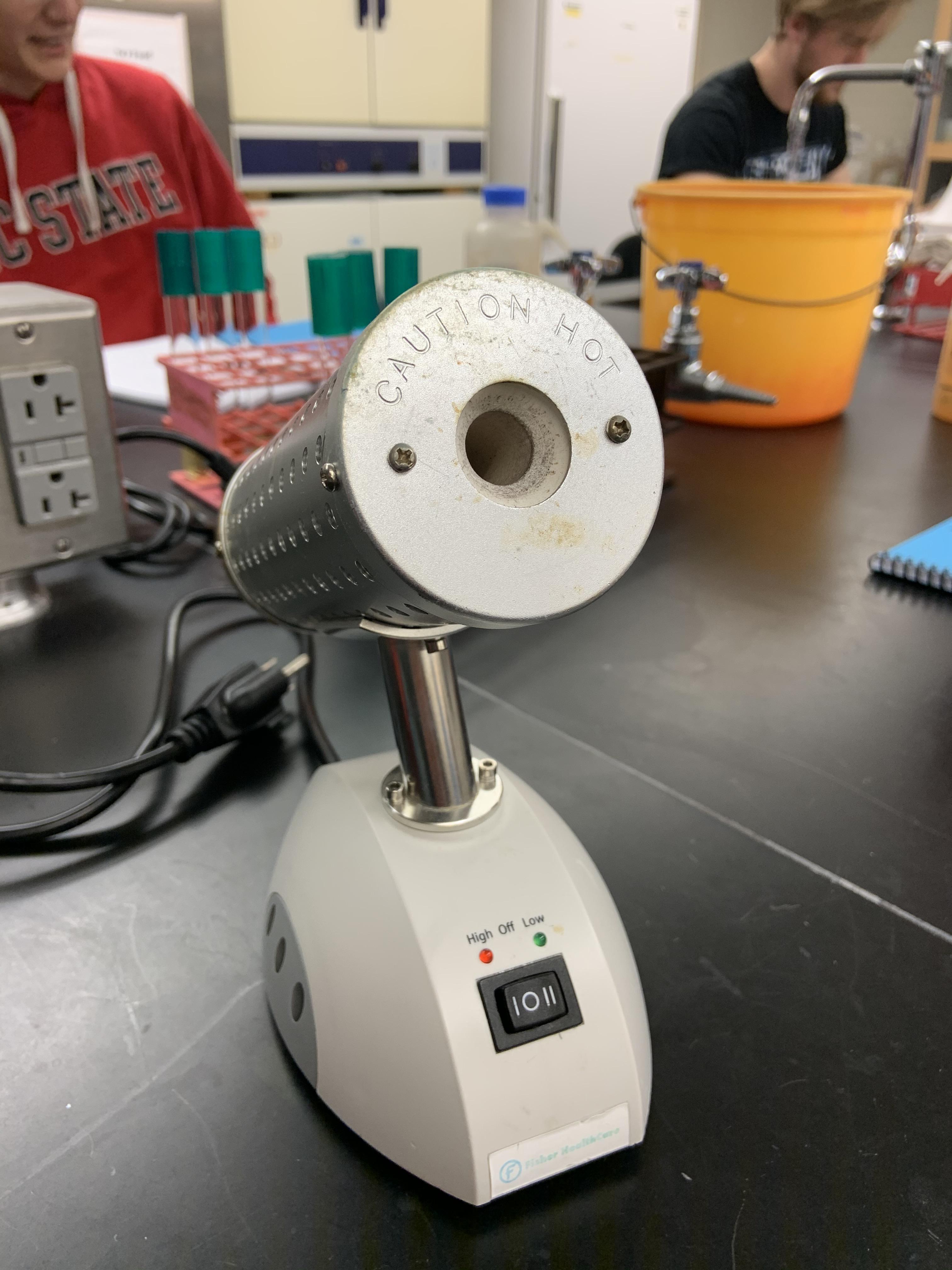
What is this and what is its’ purpose?
Incinerator, heating apparatus sued for the sterilization of inoculating loops and needles

What is this and what is its’ purpose?
Inoculating loop, Tool with length of wire terminating a circular tip; the wire projects from a handle; the loop is used in the aseptic transfer of bacteria to slides, broths, and the surface of agar
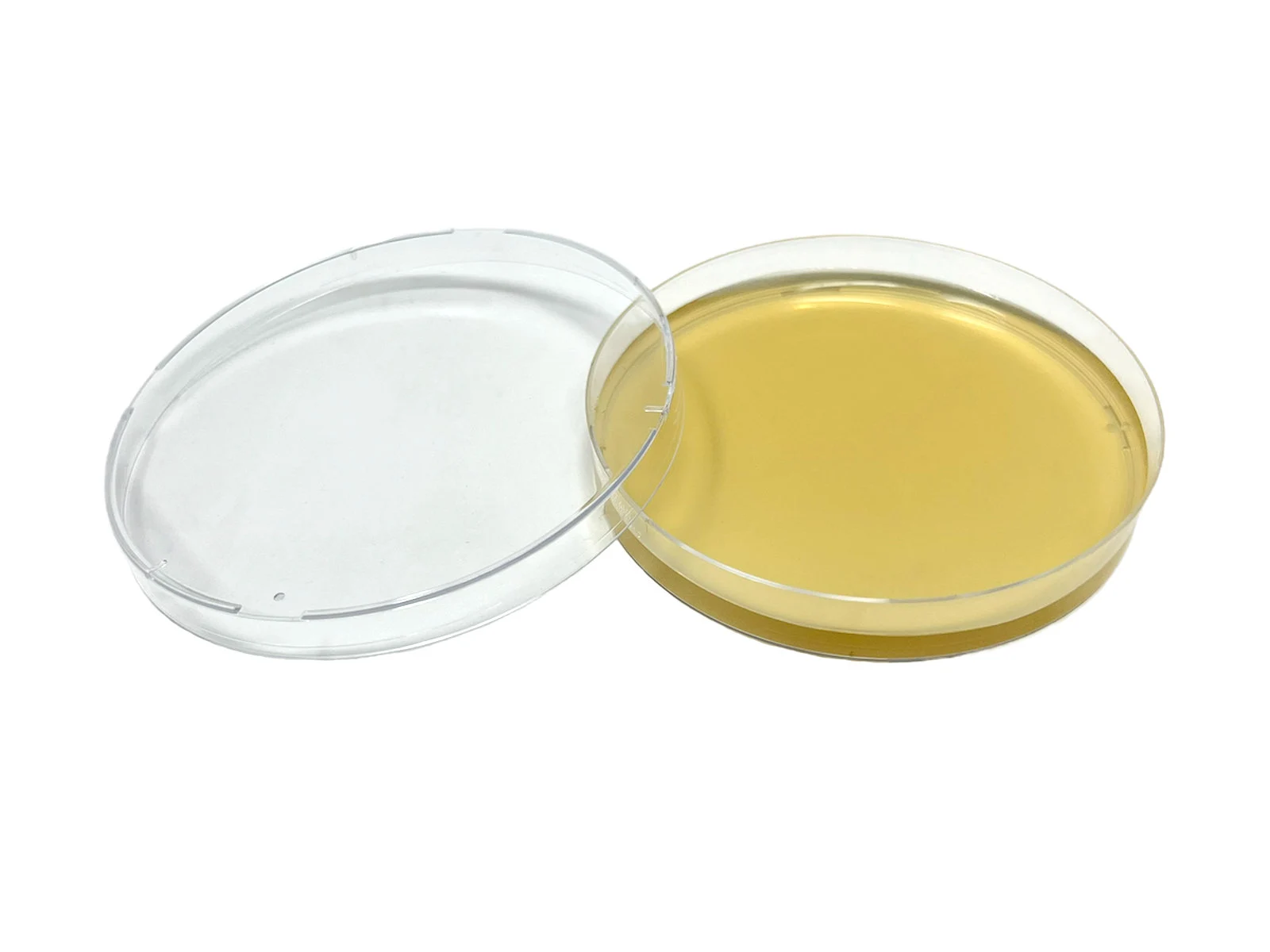
What is this called, what way should it be facing and does it have growth?
Agar plate, lid should be facing down w/ agar side facing up - no growth
Agar plate culture medium: Solid nutrient medium for growth of bacteria in a petri dish.
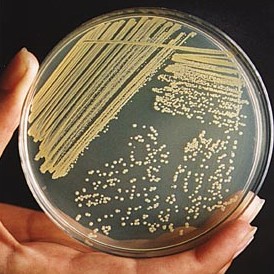
What is shown in this image?
Agar plate with growth

What is shown in this image?
Broth with growth

What is shown in this image?
Sterile broth
Broth culture medium: Liquid nutrient medium used for growth of bacteria

What is shown in the image?
Sterile agar slant
Agar slant culture medium: Solid nutrient medium for growth of bacteria in a test tube. Bacteria are usually inoculated on the agar’s slanted surface. The tube is tilted after the agar poured so that during cooling, the agar solidifies on a slant, and provides a large surface area for growth.
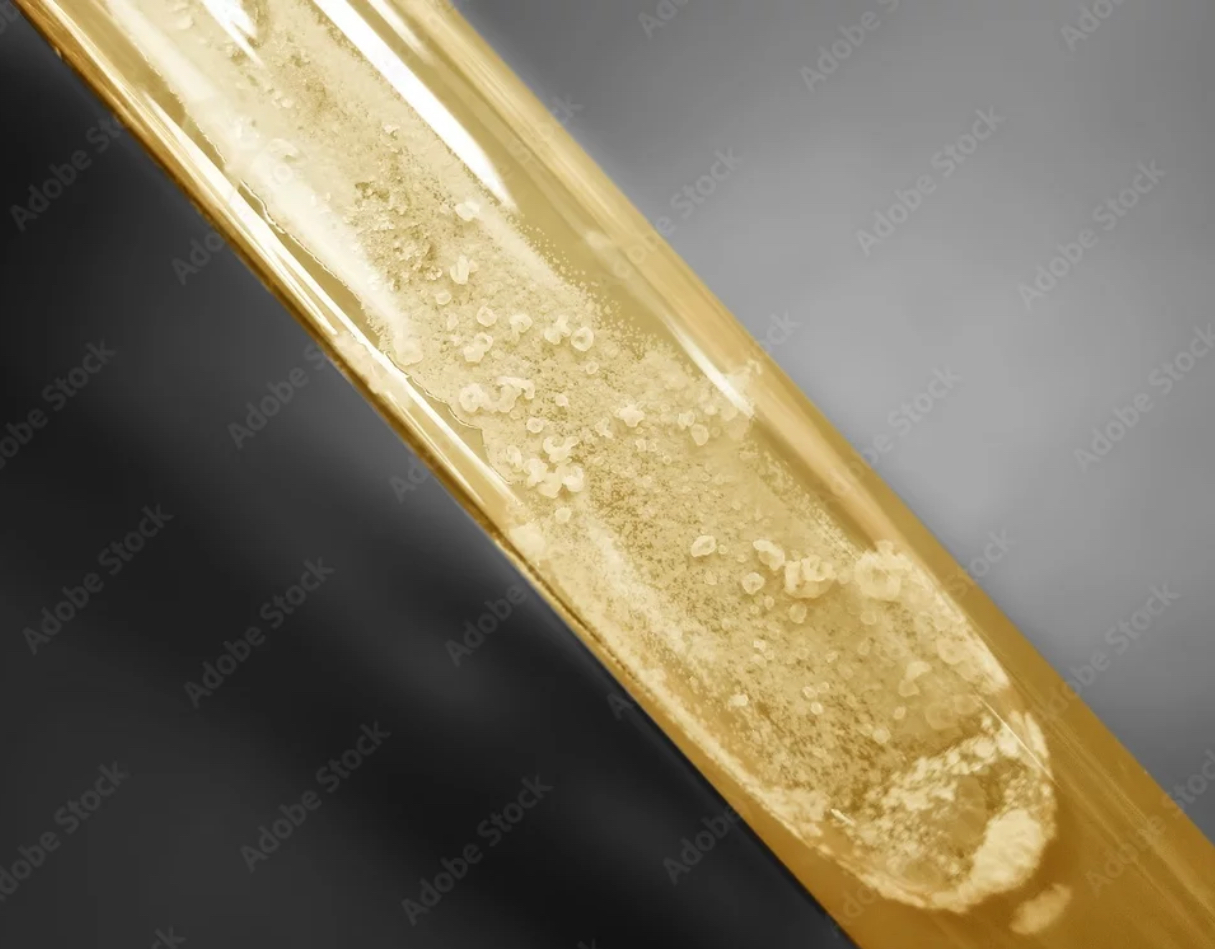
What is shown in the image?
Agar slant with growth
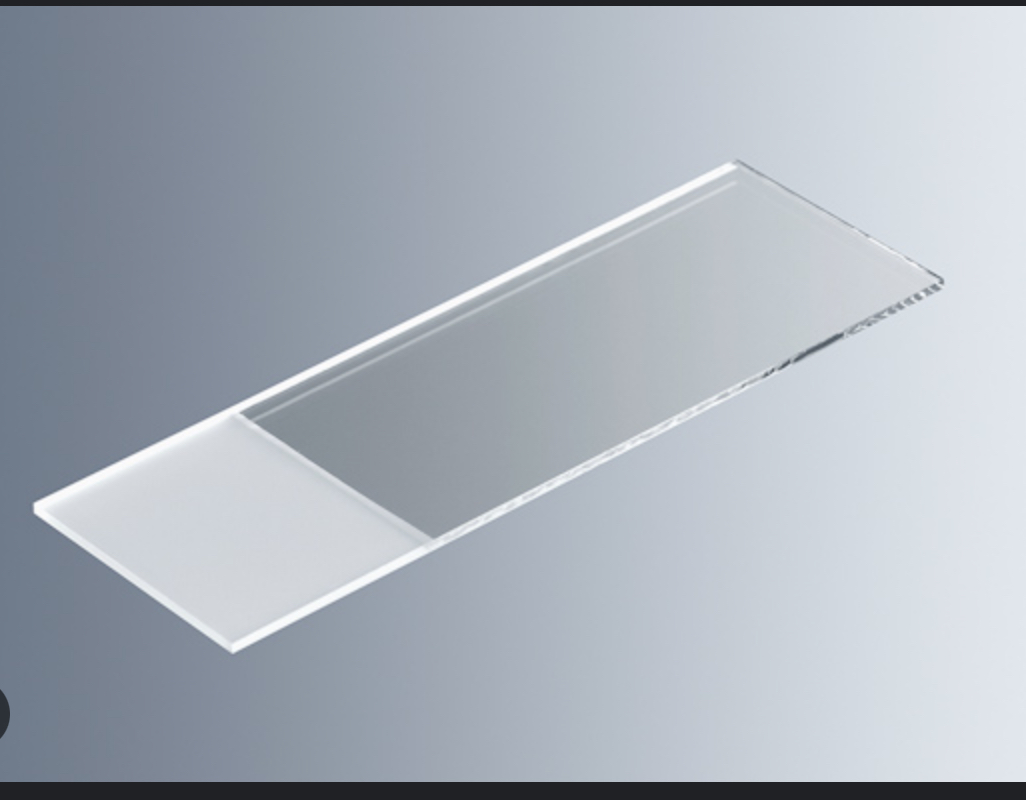
What is shown in the image
Slide, rectangular glass used to hold biological specimens or smears for microscope work

What is shown in this image?
Slide staining rack, hold and facilitate the staining of microscope slides

What is shown in the image?
Gram stains, used to determine whether bacteria are gram-positive or gram-negative. Microorganisms that retain the primary colors are gram-positive.
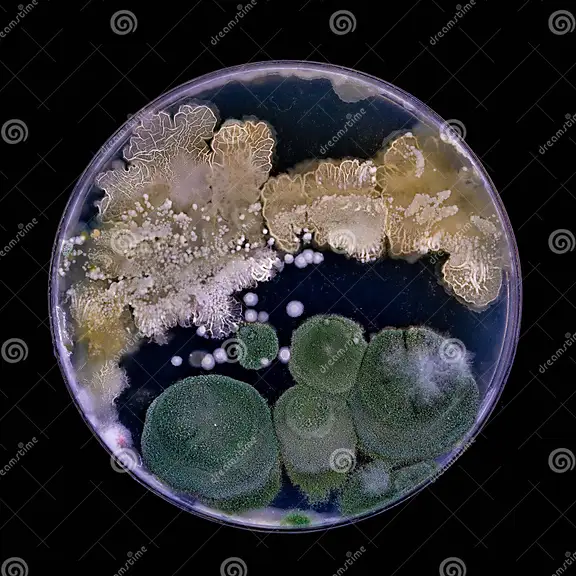
What is shown in this image?
Cultures: culture medium containing microorganisms

What is shown in this image?
culture medium/media, sterile (Nothing growing) nutrient food sources for growth of microorganisms

What is shown in the image?
Acid Fast Stain, a scientific method for identifying acid-fast microorganisms. Some bacteria can maintain a red dye known as carbol fuchsin even after being treated to an acid-alcohol decolorizer
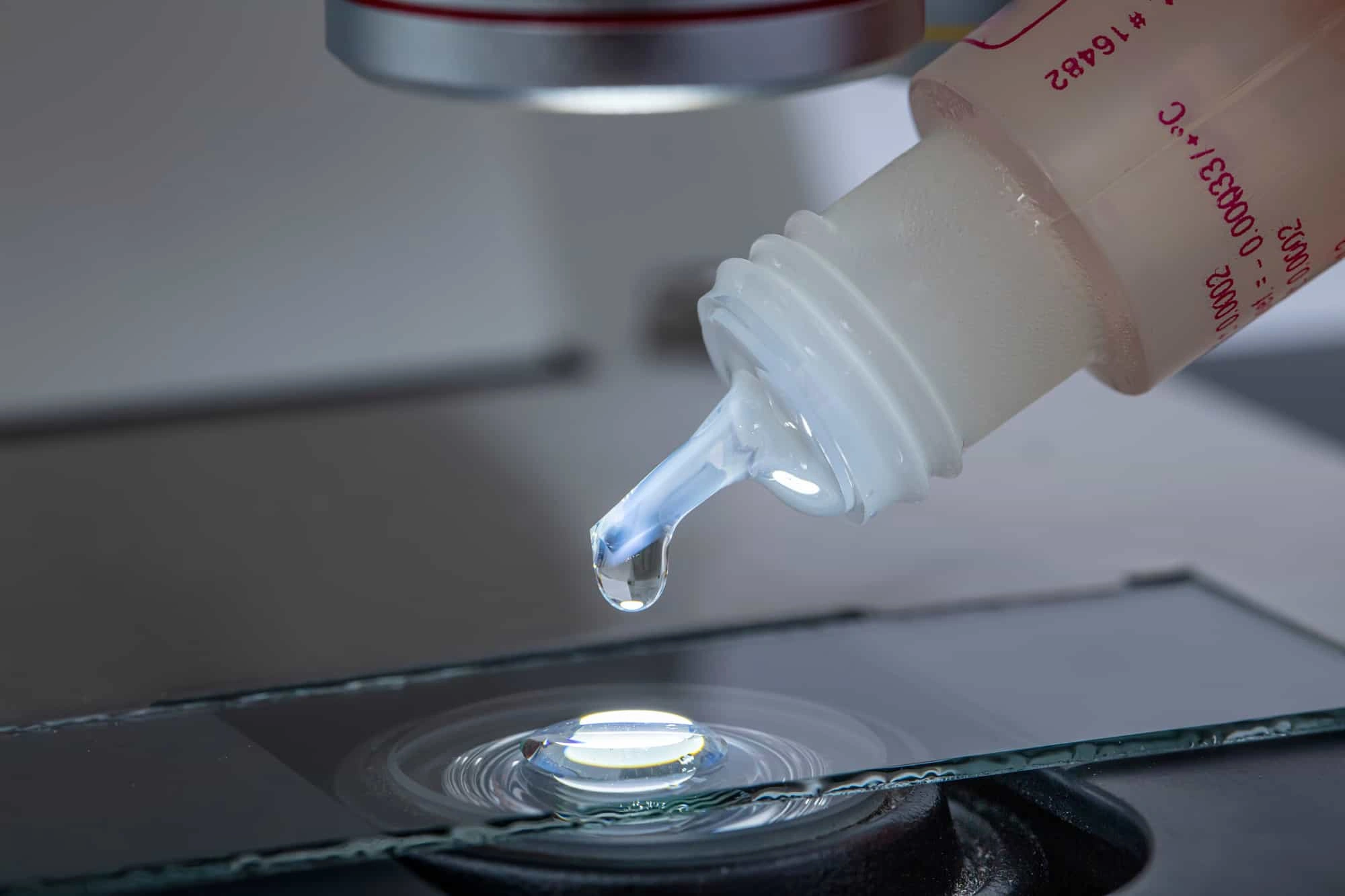
What is shown in the image?
Immersion oil, Special oil used to eliminate refraction when using the 100x objective lens of the micrscope

What is shown in this image?
Lens paper, thin, tissue-like paper used for the cleaning of microscope lenses; this special lint-free paper removes dirt and oil and reduces the chances of scratching the microscope lens during cleaning

What is shown in this image?
Bibulous paper, blotting paper used to absorb excess liquid from slides at the completion of a staining procedure
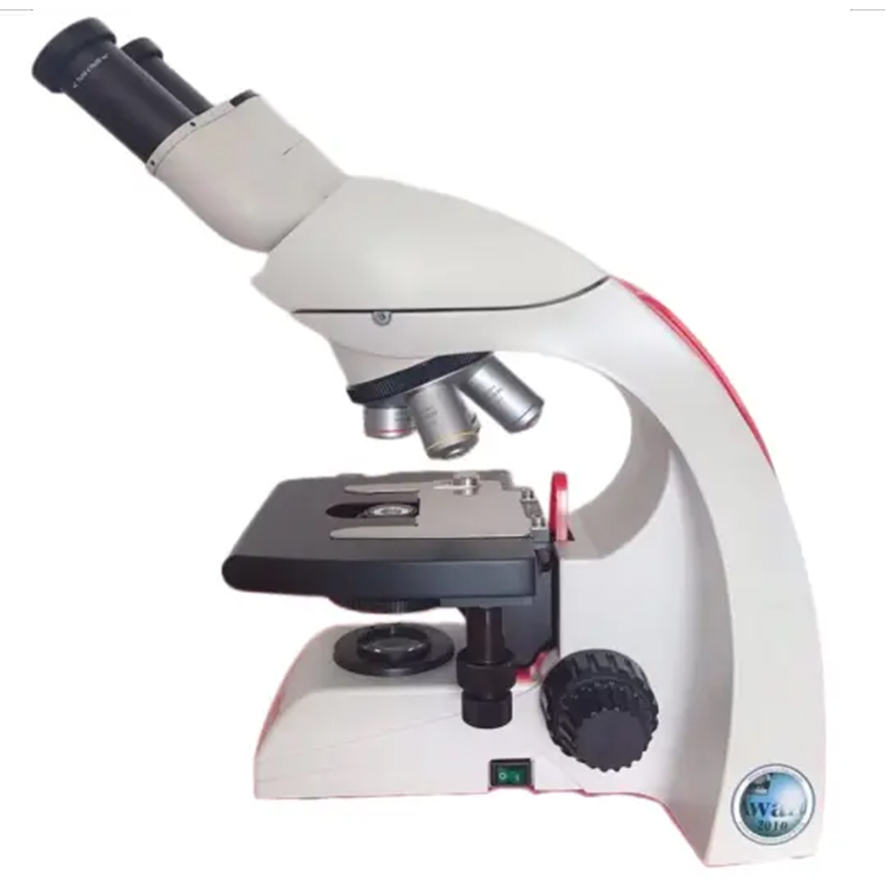
What is shown in this image?
Compound light microscope, instrument used during the magnification of microscopic biological specimens
What is a parfocal microscope?
A parfocal microscope is a type of microscope where the objectives stay in focus when magnification is changed. This means that if you switch from a lower power objective to a higher power objective, the object remains in focus.
uniocular/monocular vs binocular
Monocular microscopes have a single eyepiece, Monocular microscopes are more compact, lightweight,
binocular microscopes have two eyepieces for a stereoscopic view. Binocular microscopes offer greater comfort for extended use and better depth perception due to the stereoscopic effect.